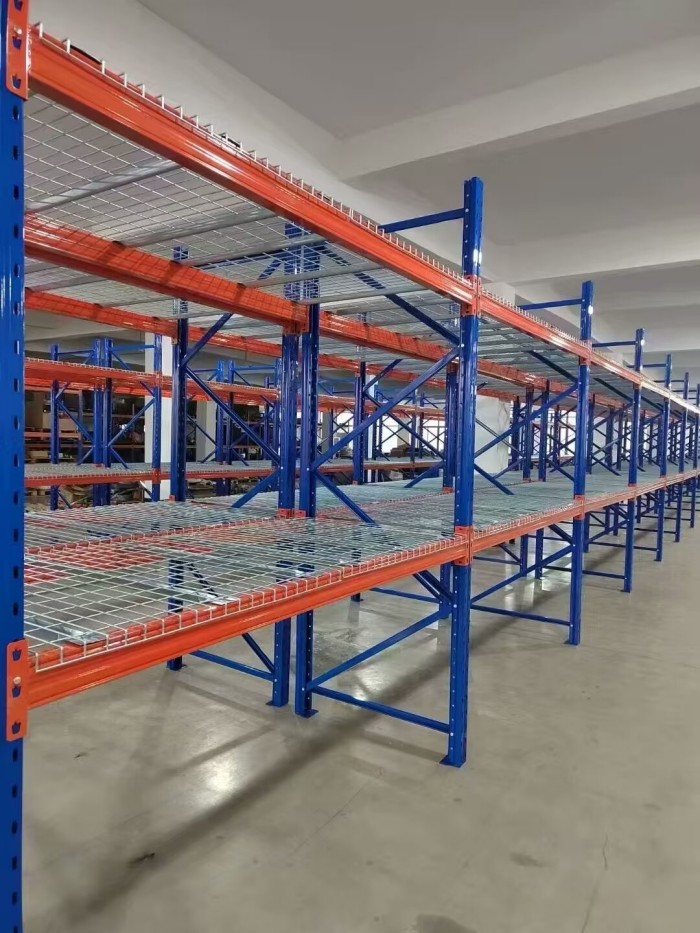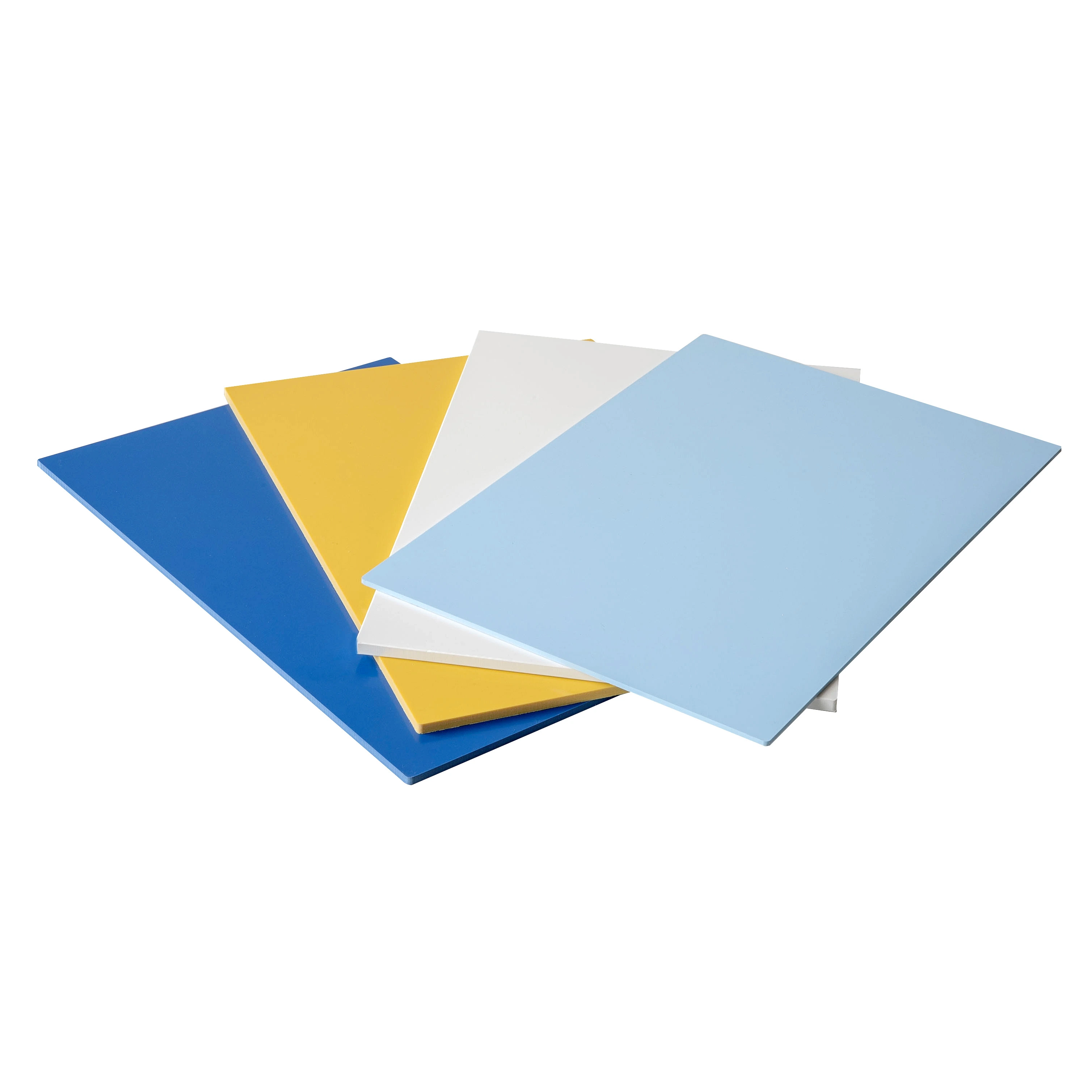When it comes to choosing the right material for cladding in your home or commercial space, cost is often a significant factor to consider. In this blog post, we will delve into the comparison between PVC cladding and tiles, exploring their respective costs and benefits. By understanding the financial implications of these two options, you can make an informed decision that suits your budget and requirements.
- Cost Analysis:
PVC Cladding:
PVC cladding, also known as uPVC cladding, is a popular choice for its affordability. The material itself is relatively inexpensive, and its installation costs are generally lower compared to tiles. PVC cladding is available in a wide range of designs and finishes, allowing you to achieve the desired aesthetic without breaking the bank.
Tiles:
Tiles, on the other hand, come in various materials such as ceramic, porcelain, or natural stone, each with its own price range. While basic ceramic tiles can be affordable, high-end options like natural stone can significantly increase the overall cost. Additionally, the installation of tiles often requires professional expertise, which adds to the expenses.
- Maintenance and Durability:
PVC Cladding:
One of the advantages of PVC cladding is its low maintenance requirements. It is resistant to moisture, mold, and mildew, making it an excellent choice for areas prone to dampness, such as bathrooms and kitchens. PVC cladding is also durable and long-lasting, with minimal upkeep needed over time.
Tiles:
Tiles, especially those made of natural stone, require regular maintenance to preserve their appearance and prevent staining. Grout lines between tiles can be susceptible to mold and mildew growth, requiring frequent cleaning. While tiles are generally durable, they can chip or crack under heavy impact, necessitating repairs or replacements.
- Installation and Time Efficiency:
PVC Cladding:
Installing PVC cladding is a relatively straightforward process that can be done by DIY enthusiasts or professionals. The lightweight nature of PVC panels makes them easy to handle and install, reducing labor costs and installation time. This efficiency can be particularly beneficial for large-scale projects or tight timelines.
Tiles:
Tile installation can be more time-consuming and labor-intensive, especially when intricate patterns or designs are involved. The process typically requires skilled labor and specialized tools, which can increase the overall installation cost. Additionally, the curing time for tile adhesives and grout can prolong the project timeline.
Conclusion:
In conclusion, when considering the cost aspect, PVC cladding generally proves to be a more affordable option compared to tiles. Its lower material and installation costs, combined with its durability and low maintenance requirements, make it an attractive choice for budget-conscious individuals. However, it's essential to consider other factors such as the desired aesthetic, the specific area of application, and personal preferences before making a final decision. By weighing these factors, you can determine whether PVC cladding or tiles are the right choice for your project.










+ There are no comments
Add yours